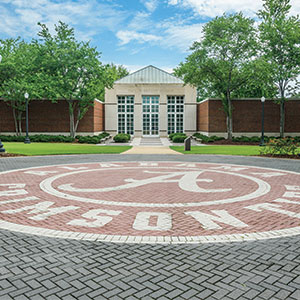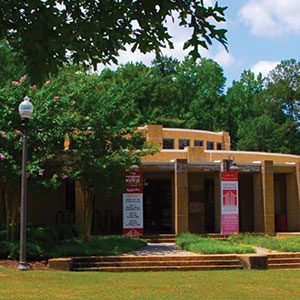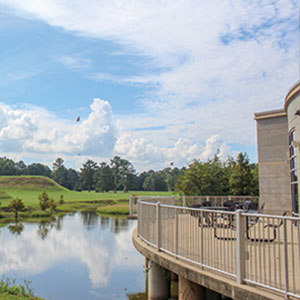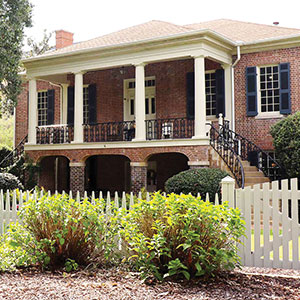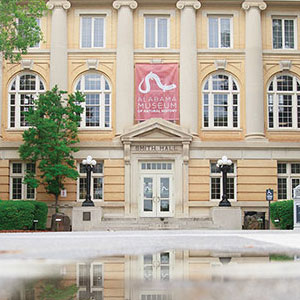Program Directory Type: Museums
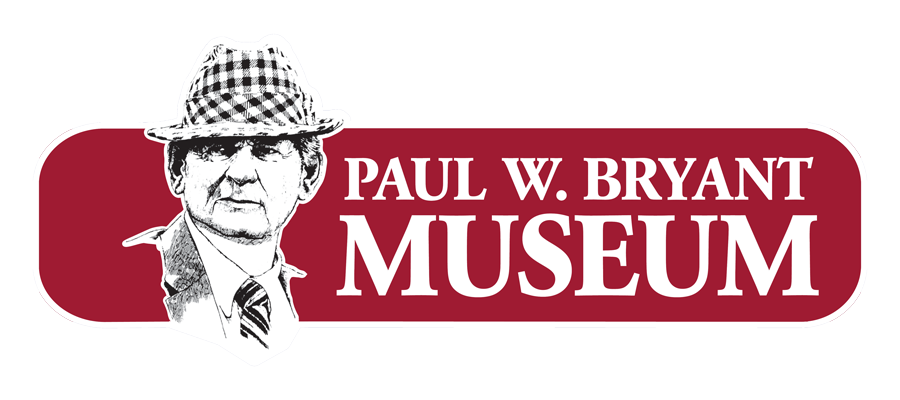
Paul W. Bryant Museum
Hours: Tuesday-Sunday, 9:00 a.m. - 4:00 p.m
Address: 300 Paul W. Bryant Drive
- Educating and inspiring a universal audience about the significant contributions and accomplishments of University of Alabama collegiate athletes.
- Fostering a sense of history, tradition and excellence; allowing visitors to place past events in clear perspective.
- Serving as a leading resource to other sports museums, The University of Alabama, its alumni, fans, supporters and other organizations by preserving and interpreting the history of collegiate sports.

Mildred Westervelt Warner Transportation Museum
Hours: Tuesday–Saturday, 10:00 a.m. – 4:30 p.m.
Address: 1901 Jack Warner Parkway
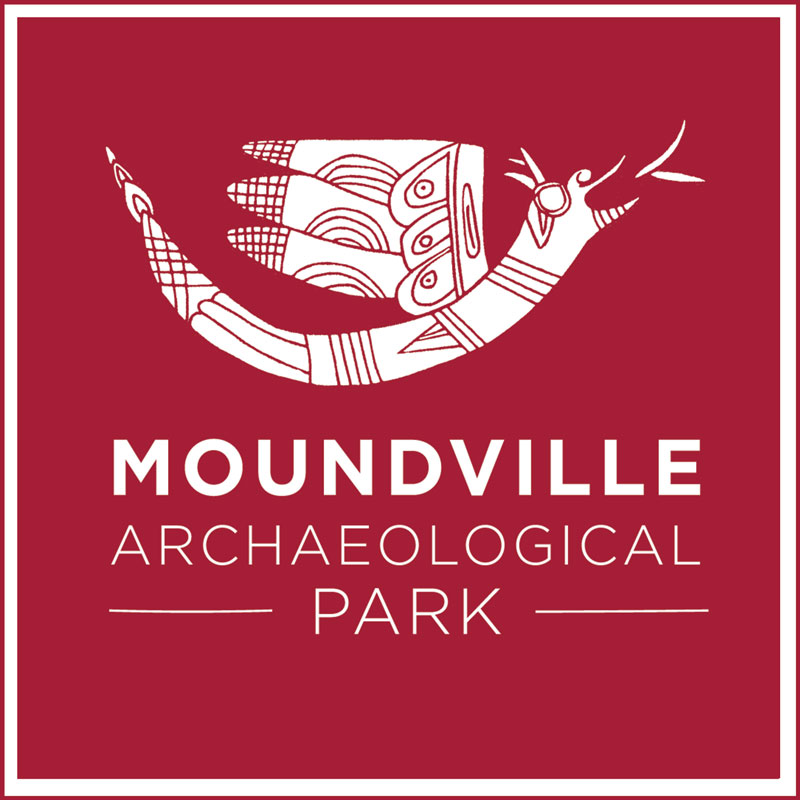
Moundville Archaeological Park
Hours: Sunday-Saturday, 7:30 a.m. - 6:00 p.m.
Address: 634 Mound State Parkway, Moundville, AL
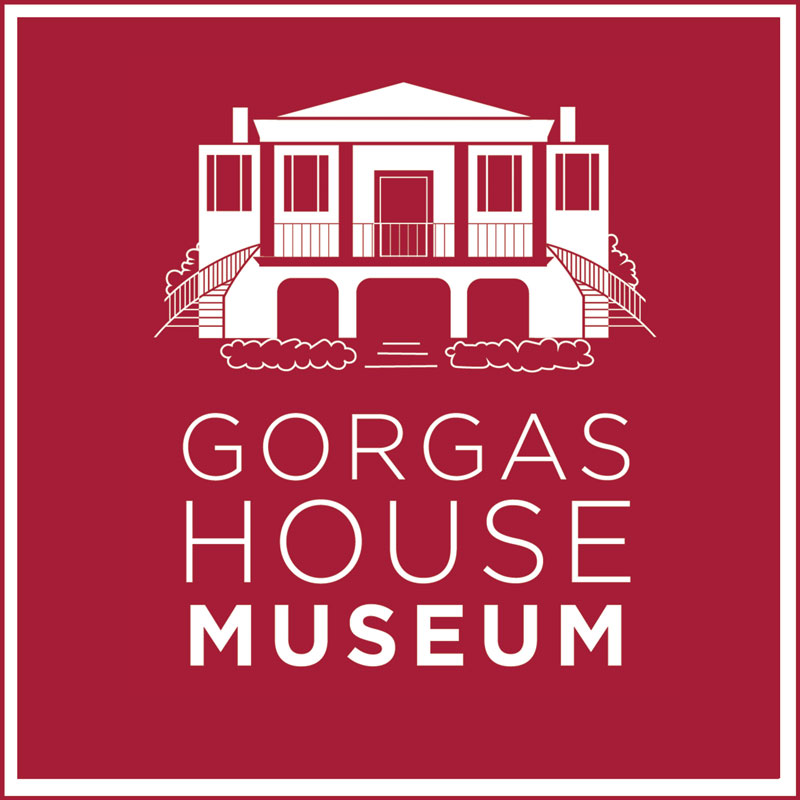
Gorgas House Museum
Hours: Monday-Friday, 9:00 a.m. - 4:30 p.m.
Address: 810 Capstone Drive
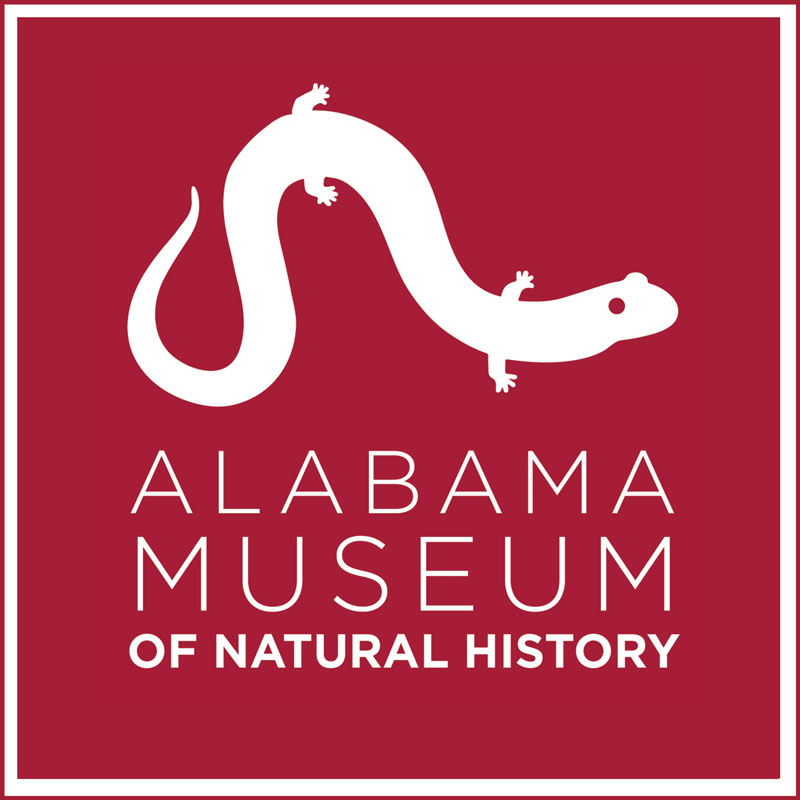
Alabama Museum of Natural History
Hours: Monday-Saturday, 10:00 a.m. - 4:30 p.m.
Address: 427 Sixth Avenue
